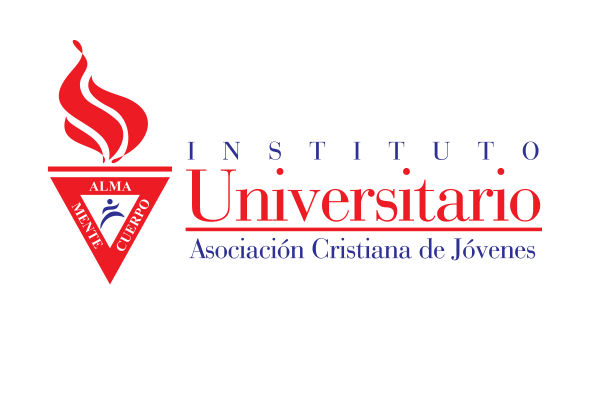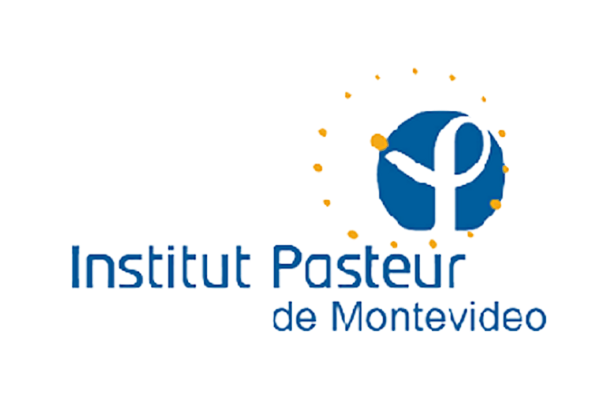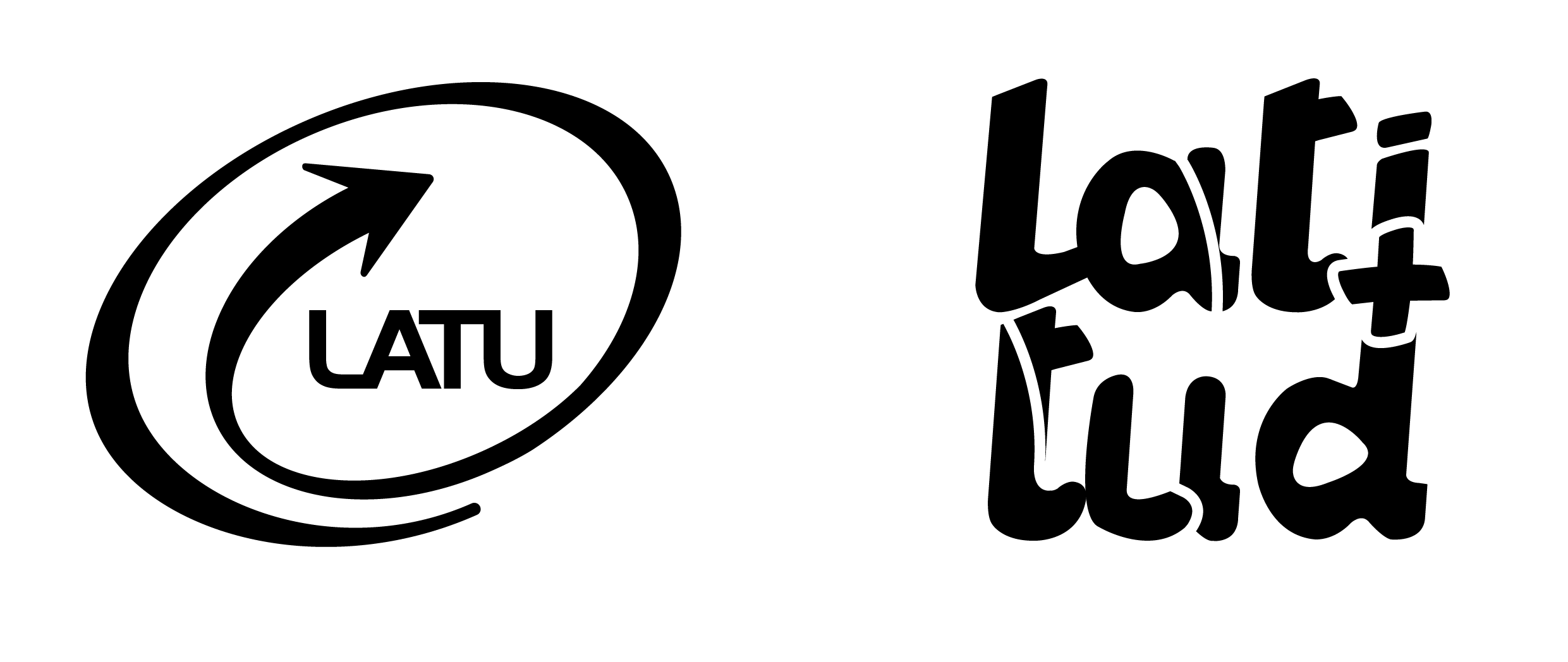Perfil de ácidos grasos en leche de vacas alimentadas en base a dieta totalmente mezclada combinadas o no con diferentes tiempos de pastor
Supervisor(es): Meikle, Ana - Chilibroste, Pablo - Carriquiry, Mariana - Olazabal, Laura
Resumen:
Se investigó el perfil de ácidos grasos (AG) de vacas Holando multíparas (n=27) a los 45 DPP, alimentadas con dietas totalmente mezcladas ad libitum (G0) o una dieta mixta compuesta por dieta parcialmente mezclada (DPM; 50% MS ofertada) y pastura con 6 h de acceso al pastoreo en una sesión (G1) o 9 h de acceso al pastoreo en dos sesiones (G2). Los tratamientos G0, G1 y G2 accedieron a la misma oferta de MS diaria difiriendo en la fuente de la dieta (DTM vs DPM + pastura): G1 y G2 accedieron diariamente a un 50% de la materia seca ofrecida en base a pastura y el otro 50% en DPM, difiriendo sólo en el tiempo de acceso al pastoreo (6 vs 9 h por día). La dieta fue formulada con el objetivo de una producción de leche de 40 kg/d y 30 kg de MS/d fueron ofrecidos con la meta de obtener un rechazo del 15%. Semanalmente se asignó una nueva franja de pastoreo con una disponibilidad media de pastura de 15 kg/MS/d/vaca sobre los 4 cm sobre el nivel del piso. Además, se determinó el perfil de AG en leche a los 65 DPP cuando las vacas del tratamiento G0 fueron cambiadas (61 DPP) a la rutina de tratamiento G1 sin período de adaptación, y las vacas del G1 fueron mantenidas como control. El perfil de AG fue determinado usando un cromatógrafo de gases conectado a un espectrómetro de masa. Los datos fueron analizados en un diseño de bloques usando medidas repetidas al azar incluyendo en el modelo el tratamiento, DPP y su interacción. El consumo de pastura obtenido fue de 27.5% y 34.4% de consumo de diario de MS (G1 y G2, respectivamente; Fajardo et al., 2015). No hubo diferencias en producción de grasa ni por los tratamientos ni por los DPP. La fracción de AG preformados fue mayor (+27%) en las vacas del G2 que en G0 (p< 0.12), mientras que el de ácido vaccénico (C18:1trans) fue el doble para los tratamientos pastoriles que en G0 (p< 0.001). Cuando las vacas del grupo G0 fueron movidas al pastoreo (Post-DTM), el contenido de AG preformados aumentó (P el perfil de AG en leche beneficiosamente para la salud humana sin detrimentos en productividad. Además, el perfil de AG en leche reflejó el cambio de una DTM al pastoreo sin necesidad de un período de adaptación.
Milk fatty acid (FA) profile at 45 DIM in Holstein multiparous cows (n=27) fed either total mixed rations ad libitum (G0) or a diet composed by TMR (50% DM offered) and pasture grazing with either 6 h of access time to pasture in one grazing session (G1) or 9 h of access time to pasture in two sessions (G2) was investigated. Treatments G0, G1 and G2 accessed daily the same offer of total DM differing on the diet source (TMR vs pasture + TMR): G1 and G2 accessed daily to 50% of the DM offered as pasture and 50% as TMR, differing only on the access time to paddocks (6 vs 9 h per day). The diet was formulated for a milk production target of 40 kg/d and 30 kg DM/d was offered daily with a refusal goal of 15%. A new grazing area was assigned weekly with a mean herbage allowance of 15 kg DM/day/cow over 4 cm above ground level. In addition, milk FA were determined at 65 DIM when G0 cows were shifted (61 DIM) to the G1 treatment routine with no adaptation period, and G1 cows remained as a controls. Fatty acid on 45 and 65 DIM were quantified using a gas chromatograph connected to a mass spectrometer. Data was analyzed in a block design using random repeated measures including in the model the treatment, days and their interaction. Pasture intake resulted in 27.5% and 34.4% of total DMI (Fajardo et al. 2015). Fat production did not differ among treatments or DIM. Preformed FAs in milk fat at 45 DIM were greater (+27%) for G2 than G0 cows (p<0.05), while no differences between these groups and G1 were found. Stearic acid (C18:0) was 30% greater for G2 than both, G0 and G1 cows. De novo FA in milk fat were greater for G0 and G1 than G2 cows. Conjugated linoleic acid (CLA) contents in milk did not differ (p < 0.12), while vaccenic acid was 2-fold greater for grazing treatments than G0 cows (p<0.001). Linolenic acid [C18:3(n-3)] was greatest for G2 cows and lowest for G0 cows (p<0.001). In contrast, n-6 FA were greater for G0 than grazing cows, mainly due to linoleic acid [18:2cis(n-6)]. These results determined that n-6/n-3 FA ratio in milk was almost three times greater for G0 than G1 and G2 cows (p < 0.001). When TMR cows were moved to pasture (Post-TMR), preformed FA were increased in (P<0.05), while remained constant in G1 cows, and this was explained mainly by stearic (C18:0) and vaccenic (C18:1trans) acids. In contrast, de novo FA fraction was decreased in Post-TMR cows, but no changes were observed in G1 cows. Vaccenic acid (C18:1trans) increased in Post-TMR cows and CLA content tended to increase. Similarly, omega 3 fraction in Post TMR cows was increased at 65 DIM, and this was mainly due to the increase in linoleic acid [C18:3(n-3)]. On the other hand, omega 6 fraction decreased when TMR cows were moved to pasture, explained mainly by linoleic [C18:2cis (n-6)] and arachidonic [C20:4(n-6] acids. In this study it was possible to modify milk fatty acid profile beneficially for human health with no detriments in productivity including 30% of pasture in the diet. Besides, milk FA profile reflected the changes from a TMR to the grazing diet without the need of an adaptation period.
| 2016 | |
|
LECHE COMPOSICION DE LA LECHE ALIMENTACION PASTOREO VACAS HOLANDO |
|
| Español | |
| Universidad de la República | |
| COLIBRI | |
| https://hdl.handle.net/20.500.12008/23980 | |
| Acceso abierto | |
| Licencia Creative Commons Atribución - No Comercial - Sin Derivadas (CC - By-NC-ND 4.0) |












